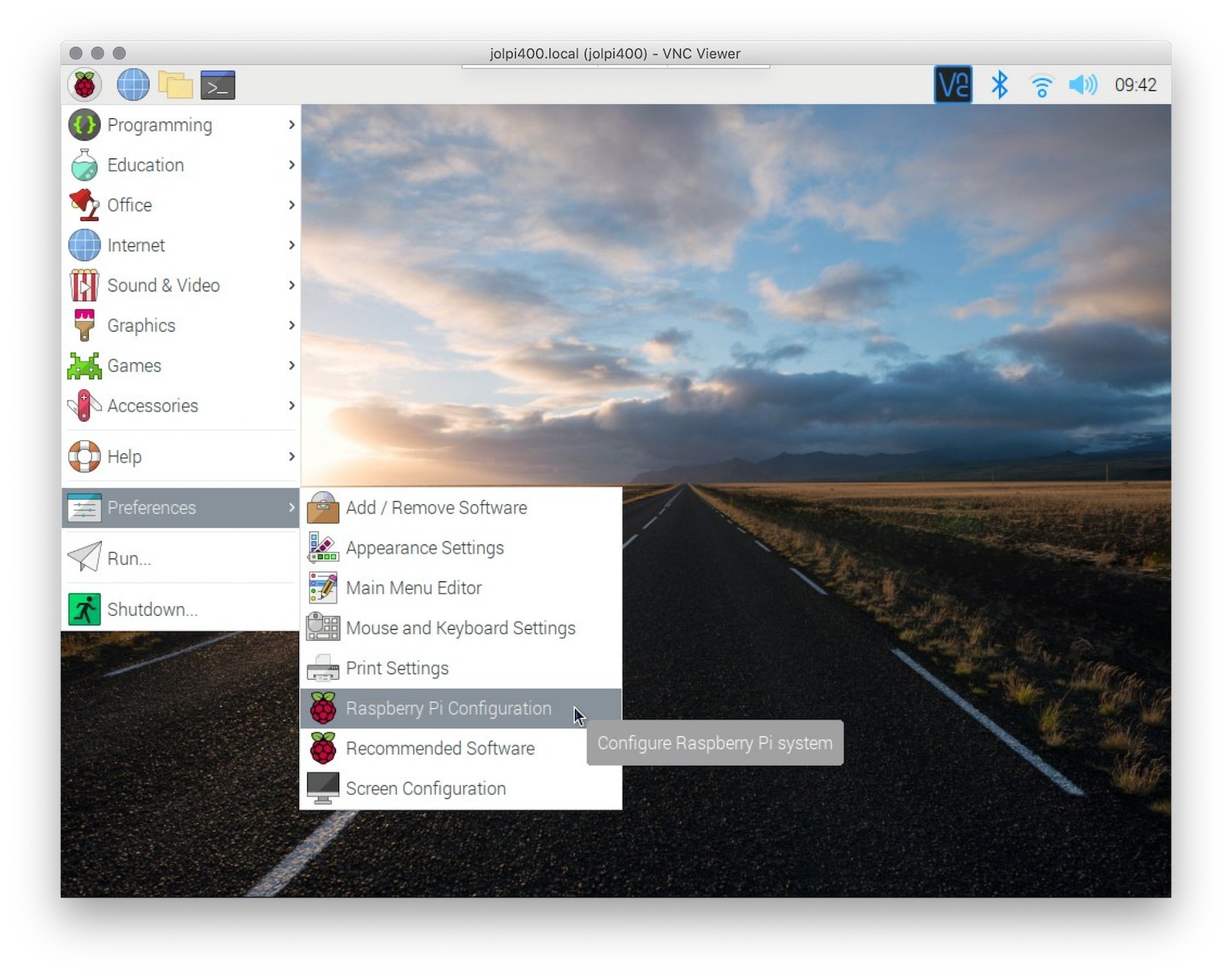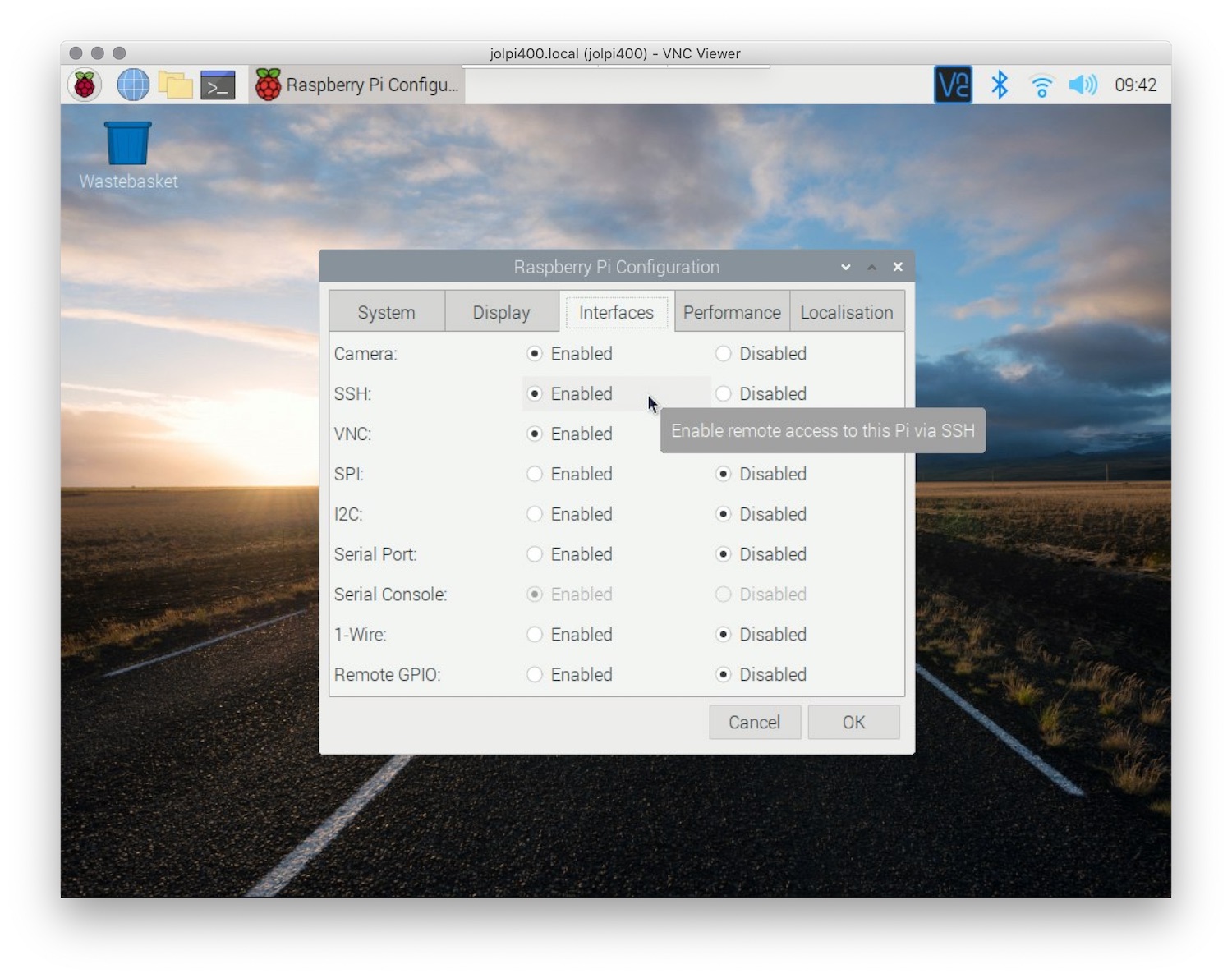Securely Connect RemoteIoT P2P SSH Raspberry Pi Download: A Comprehensive Guide
In today's interconnected world, securely managing remote devices is more important than ever. The Raspberry Pi, a versatile and compact single-board computer, is often used in remote IoT (Internet of Things) applications. One of the most reliable ways to connect to a Raspberry Pi remotely is through Peer-to-Peer (P2P) SSH. This method ensures secure communication while eliminating the need for complex network configurations. Whether you're a hobbyist, developer, or IT professional, understanding how to securely connect to your Raspberry Pi using RemoteIoT P2P SSH can greatly enhance your IoT projects. This guide will walk you through the process step by step, ensuring that your connection is both secure and efficient.
RemoteIoT offers a robust platform for managing IoT devices, including Raspberry Pi, with features like P2P SSH that simplify remote access. This method bypasses traditional port forwarding and firewall restrictions, making it an ideal solution for users who want to avoid the complexities of traditional SSH setups. With the increasing demand for secure remote access, mastering this process is essential for anyone working with IoT devices.
In this article, we will delve into the details of securely connecting to your Raspberry Pi using RemoteIoT P2P SSH. From downloading the necessary software to configuring your device, this guide will provide you with all the information you need to get started. By following these steps, you can ensure that your Raspberry Pi remains accessible and secure, even when deployed in remote locations.
Table of Contents
- Introduction to RemoteIoT P2P SSH
- Benefits of Using P2P SSH for Raspberry Pi
- Prerequisites for Setting Up P2P SSH
- Step-by-Step Guide to Connect Remotely
- Troubleshooting Common Issues
- Best Practices for Secure Connections
- Advanced Features of RemoteIoT P2P SSH
- Comparison with Other Remote Access Methods
- Conclusion and Next Steps
Introduction to RemoteIoT P2P SSH
RemoteIoT is a cloud-based platform designed to simplify the management of IoT devices. One of its standout features is the P2P SSH capability, which allows users to securely connect to their Raspberry Pi devices without the need for port forwarding or complex network configurations. This method leverages a secure tunnel established between the Raspberry Pi and the RemoteIoT platform, ensuring that your data remains encrypted and protected during transmission.
The P2P SSH feature is particularly useful for users who want to manage their Raspberry Pi devices remotely but lack the technical expertise to set up traditional SSH connections. By using RemoteIoT, users can bypass common obstacles such as firewalls and NAT (Network Address Translation) restrictions, which often hinder remote access. This makes it an ideal solution for both beginners and experienced users alike.
Benefits of Using P2P SSH for Raspberry Pi
There are several advantages to using P2P SSH for your Raspberry Pi:
- Enhanced Security: The P2P SSH connection is encrypted end-to-end, ensuring that your data remains secure during transmission.
- Easy Setup: Unlike traditional SSH methods, P2P SSH does not require port forwarding or complex network configurations, making it accessible to users of all skill levels.
- Reliability: The RemoteIoT platform ensures a stable connection, even in environments with dynamic IP addresses or restrictive firewalls.
- Scalability: RemoteIoT supports multiple devices, making it easy to manage a fleet of Raspberry Pi devices from a single platform.
Prerequisites for Setting Up P2P SSH
Before you begin setting up P2P SSH for your Raspberry Pi, ensure that you have the following:
- A Raspberry Pi device (any model with internet connectivity).
- An active RemoteIoT account. You can sign up for a free trial on their official website.
- Raspberry Pi OS installed and updated to the latest version.
- Basic knowledge of SSH and terminal commands.
Once you have these prerequisites in place, you can proceed with the setup process.
Step-by-Step Guide to Connect Remotely
Step 1: Install RemoteIoT Agent
The first step in setting up P2P SSH is to install the RemoteIoT agent on your Raspberry Pi. Follow these steps:
- Log in to your RemoteIoT account and navigate to the "Devices" section.
- Download the RemoteIoT agent installation script for Raspberry Pi.
- Open a terminal on your Raspberry Pi and run the following command to download the script:
wget https://remoteiot.com/download/agent.sh - Make the script executable by running:
chmod +x agent.sh - Execute the script to install the agent:
sudo ./agent.sh
Step 2: Configure SSH on Raspberry Pi
Once the RemoteIoT agent is installed, you need to configure SSH on your Raspberry Pi:
- Open the Raspberry Pi configuration tool by running:
sudo raspi-config - Navigate to "Interfacing Options" and enable SSH.
- Restart your Raspberry Pi to apply the changes.
After completing these steps, your Raspberry Pi will be ready for remote P2P SSH connections.
Troubleshooting Common Issues
While setting up P2P SSH, you may encounter some common issues. Here are a few troubleshooting tips:
- Agent Not Connecting: Ensure that your Raspberry Pi has an active internet connection and that the RemoteIoT agent is properly installed.
- SSH Connection Refused: Double-check that SSH is enabled on your Raspberry Pi and that the correct credentials are being used.
- Firewall Restrictions: Although P2P SSH bypasses most firewall restrictions, ensure that your network allows outbound connections to RemoteIoT servers.
Best Practices for Secure Connections
To ensure the security of your P2P SSH connections, follow these best practices:
- Use strong, unique passwords for your Raspberry Pi and RemoteIoT account.
- Enable two-factor authentication (2FA) on your RemoteIoT account for an additional layer of security.
- Regularly update your Raspberry Pi OS and RemoteIoT agent to patch any vulnerabilities.
- Limit SSH access to trusted IP addresses whenever possible.
Advanced Features of RemoteIoT P2P SSH
RemoteIoT offers several advanced features that enhance the functionality of P2P SSH:
- Device Grouping: Organize your Raspberry Pi devices into groups for easier management.
- Remote Commands: Execute commands on your Raspberry Pi remotely without initiating a full SSH session.
- Activity Logs: Monitor and review logs of all remote access activities for auditing purposes.
Comparison with Other Remote Access Methods
When compared to other remote access methods, such as traditional SSH or VPN, P2P SSH offers several advantages:
- Simplicity: P2P SSH eliminates the need for complex network configurations, making it easier to set up and use.
- Security: The end-to-end encryption provided by P2P SSH ensures that your data remains secure during transmission.
- Reliability: RemoteIoT's infrastructure ensures a stable connection, even in challenging network environments.
Conclusion and Next Steps
In this guide, we have explored how to securely connect to your Raspberry Pi using RemoteIoT P2P SSH. By following the steps outlined above, you can ensure that your Raspberry Pi remains accessible and secure, even when deployed in remote locations. The simplicity and reliability of P2P SSH make it an ideal solution for managing IoT devices, whether you're a hobbyist or a professional.
Now that you have a solid understanding of how to set up and use P2P SSH, we encourage you to explore the advanced features offered by RemoteIoT. Additionally, consider sharing this article with others who may benefit from this knowledge. If you have any questions or need further assistance, feel free to leave a comment below or reach out to the RemoteIoT support team.


Detail Author:
- Name : Aidan Bartoletti
- Username : felicia.hermann
- Email : gborer@yahoo.com
- Birthdate : 1984-11-07
- Address : 144 Hilpert Greens Suite 387 Lake Liam, VA 25136
- Phone : +1 (762) 975-9046
- Company : Hoppe LLC
- Job : Advertising Sales Agent
- Bio : Deserunt ipsum aspernatur sed. Fuga qui eaque fuga perferendis. Accusantium inventore quaerat dicta numquam officia ipsam.
Socials
linkedin:
- url : https://linkedin.com/in/donfeeney
- username : donfeeney
- bio : Est quod et facere tempora aperiam amet odio.
- followers : 495
- following : 834
twitter:
- url : https://twitter.com/donfeeney
- username : donfeeney
- bio : Possimus ut eaque veritatis amet deleniti perspiciatis. Officiis labore tempora unde modi est et aut sed.
- followers : 6771
- following : 1872
facebook:
- url : https://facebook.com/dfeeney
- username : dfeeney
- bio : Qui delectus cupiditate nam accusantium necessitatibus molestias in.
- followers : 2001
- following : 1455
instagram:
- url : https://instagram.com/feeney1999
- username : feeney1999
- bio : Sint id optio sint. Omnis delectus occaecati et nam.
- followers : 2314
- following : 1017
tiktok:
- url : https://tiktok.com/@don_id
- username : don_id
- bio : Et eius exercitationem et eaque quod deserunt quo.
- followers : 6271
- following : 348